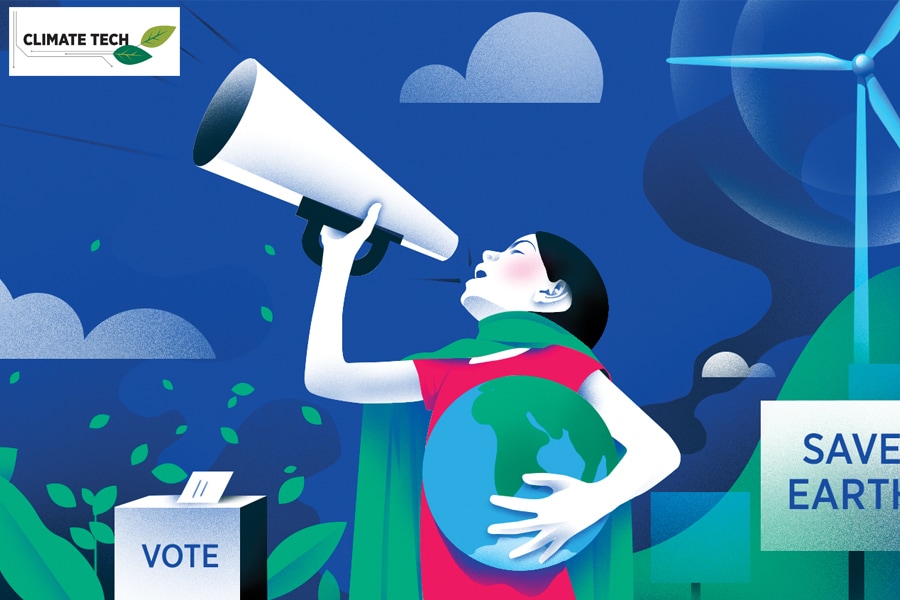
Who is crafting the Green New Deal?
Climate issues will rise to the top of the political agenda if they help win elections. And all of us will have to figure out a way to influence it, Anshuman Bapna, the cofounder and CEO of Terra.do, writes
 Which individual or political party could be India’s green party? In the meantime, technology innovation has to make the politics of climate easier.
Illustration: Sameer Pawar
Which individual or political party could be India’s green party? In the meantime, technology innovation has to make the politics of climate easier.
Illustration: Sameer Pawar

There is a strange mix of hope and frustration among my friends in the climate space in India. The entrepreneurs among them look longingly at the mountains of capital flowing into climate ventures in the US, but not to India. Investors look at the pathbreaking deep tech coming out of labs in the West, but fret at the quality of the “deal flow” here. And that gives them pause as they decide if they should raise a dedicated climate fund. Away from this hurly burly, graduates from the nascent climate and sustainability programmes in the country have to squint hard to find climate companies to employ them.
Then there are our children. They are hyper-aware about the crisis, but also feel an increasing sense of despondency about the ability of us adults to do something about it. Worse, this frustration can’t even find expression in activism on the streets without risking jail time.
So the question on everyone’s mind: Apna time kab aayega? [When will our time come?]
There are no easy answers, but one thing is undeniable. Ultimately, climate is politics. Climate issues, including adaptation, will rise to the top of the political agenda if they help win elections. And all of us will have to figure out a way to influence it.








